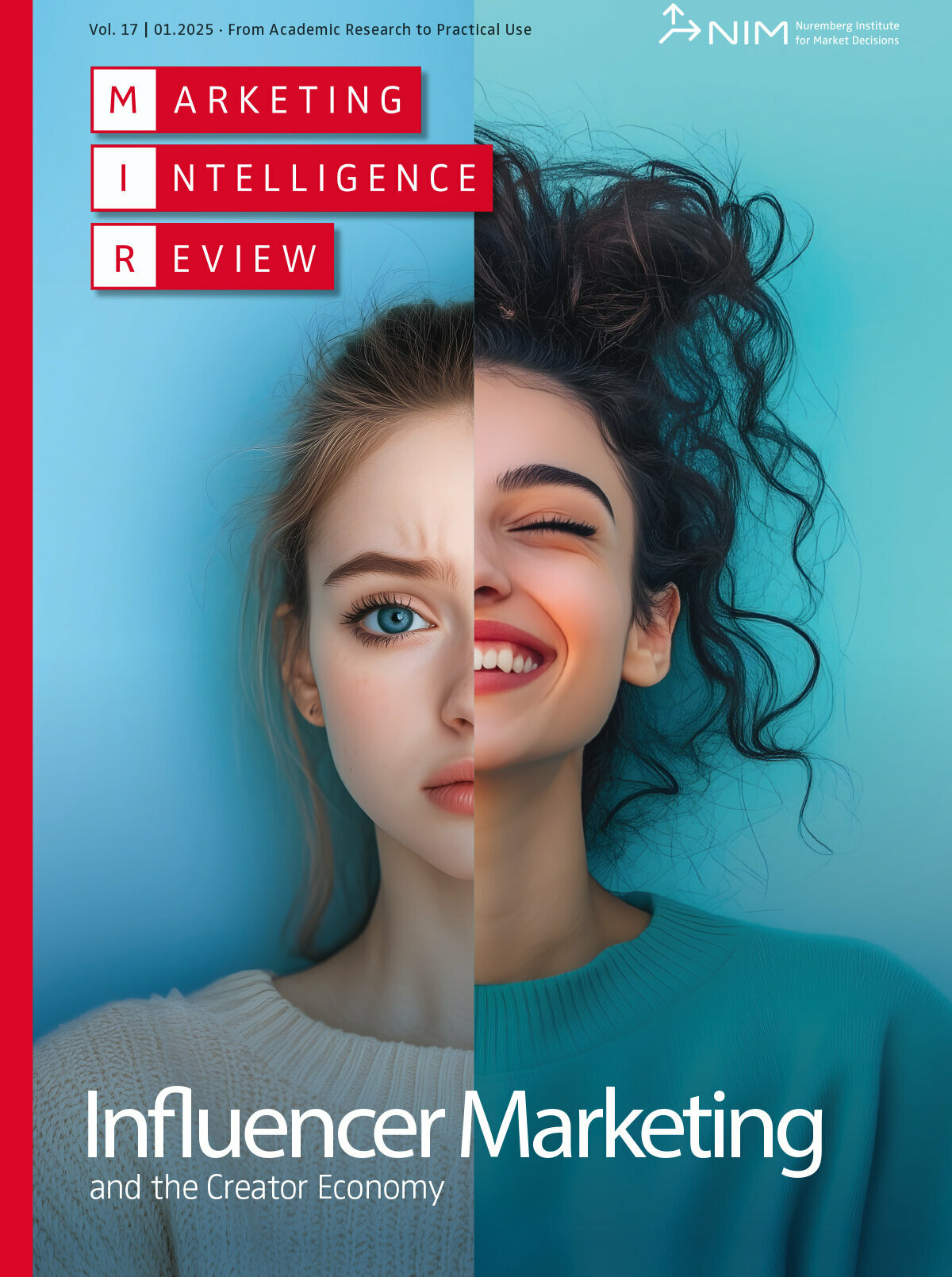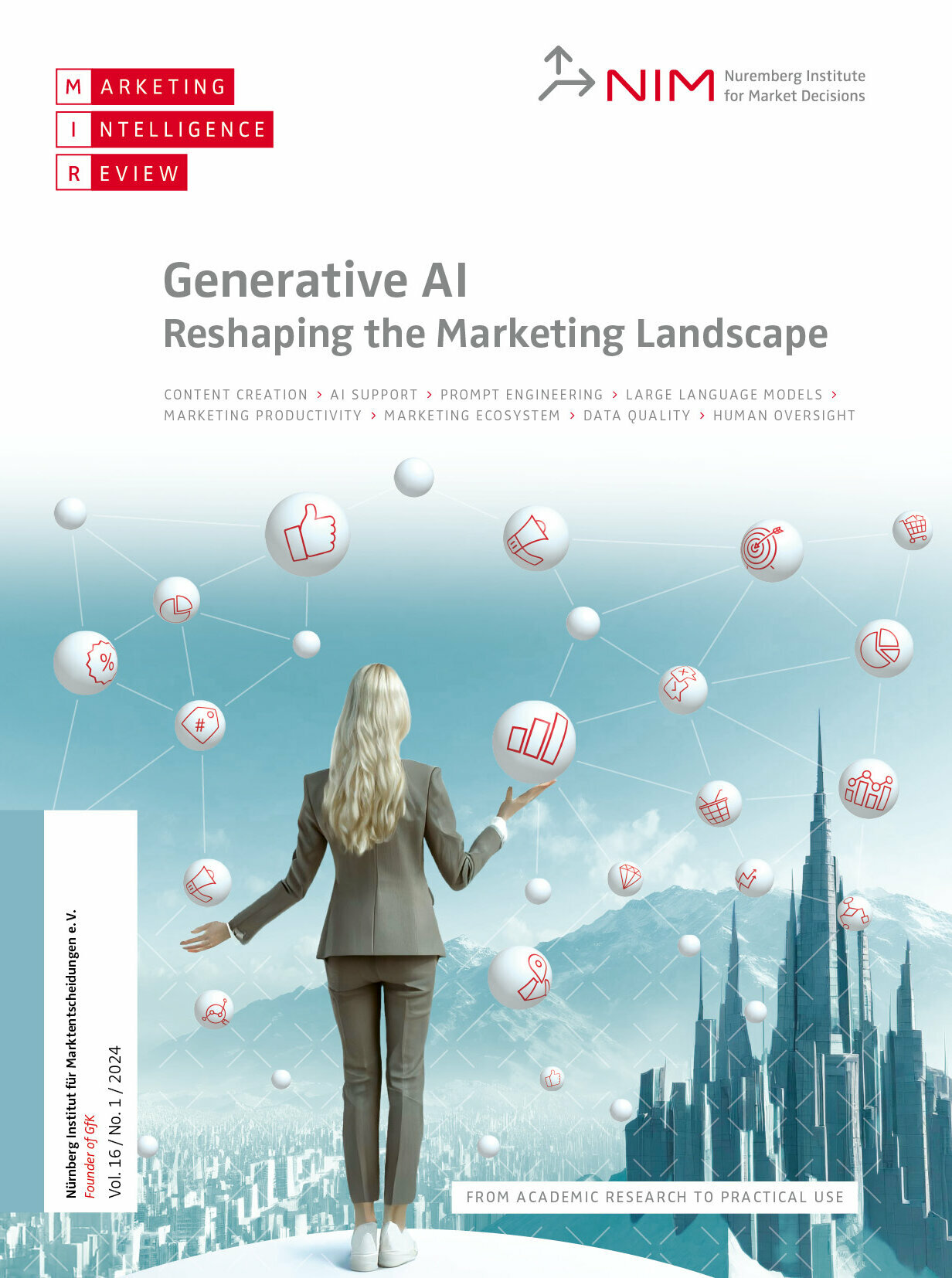How Consumers’ Styles of Thinking Can Control Brand Dilution
Alokparna Basu Monga and Liwu Hsu
Understanding consumers’ ways of thinking can help identify strategies to limit brand damage and elicit more favorable reactions from disapproving consumers. Analytic thinkers’ beliefs about a brand are diluted when they see negative information; those of holistic thinkers remain unaffected. While both analytic and holistic thinkers blame the brand equally for quality and manufacturing problems, holistic thinkers are more likely to blame contextual factors outside of the brand than analytic thinkers. This ability of holistic thinkers to focus on the outside context is the reason why their brand beliefs are not diluted.
State-of-the-art crisis management should be proactive vis-à-vis potentially negative events. Crisis communications that highlight contextual factors as triggers of negative incidents offer a powerful mechanism to restrict brand damage. Additionally, elaborational messages that clarify the nature of the brand extension can curb negative thoughts from analytic consumers and boost their responses.
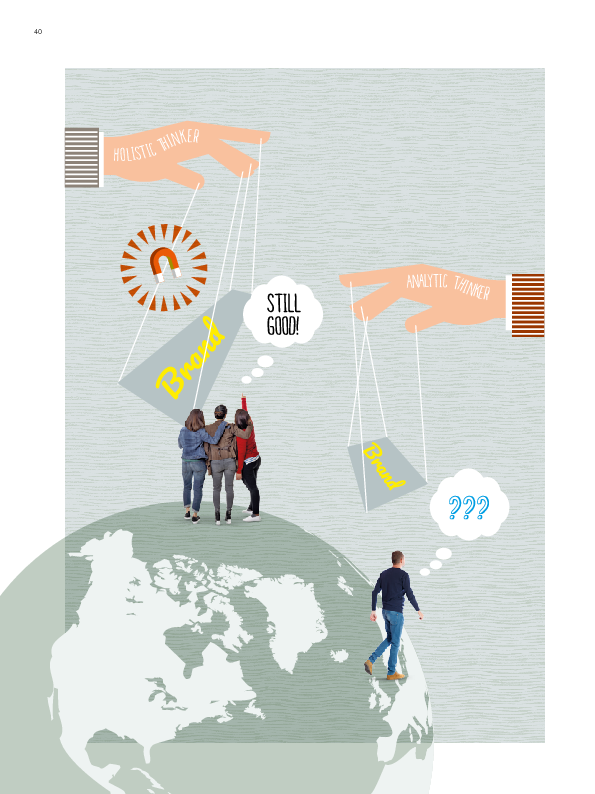
![[Translate to English:] [Translate to English:]](/fileadmin/_processed_/5/c/csm_2018_gfk_mir_brand_risk_matters_eng_Kap1_beb2b78fb6.png)
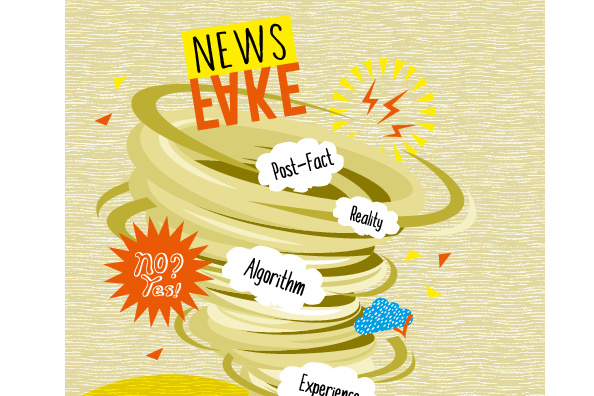
![[Translate to English:] [Translate to English:]](/fileadmin/_processed_/f/c/csm_walker_vol_10_no_1_deutsch_a7ffbc6e15.png)
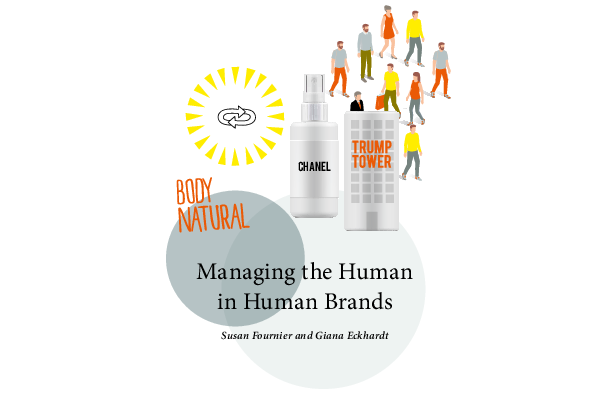
![[Translate to English:] [Translate to English:]](/fileadmin/_processed_/9/1/csm_mason_jayaram_vol_10_no_1_deutsch_595d7ce28d.png)
![[Translate to English:] [Translate to English:]](/fileadmin/_processed_/9/e/csm_fischer_ea_vol_10_no_1_deutsch_49d6278aab.png)
![[Translate to English:] [Translate to English:]](/fileadmin/_processed_/7/7/csm_2018_gfk_mir_brand_risk_matters_eng_Kap7_b1292c0e7b.png)
![[Translate to English:] [Translate to English:]](/fileadmin/_processed_/1/a/csm_2018_gfk_mir_brand_risk_matters_eng_Kap8_867b15d70e.png)
